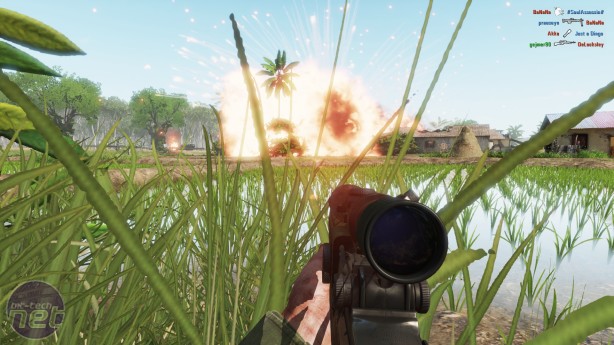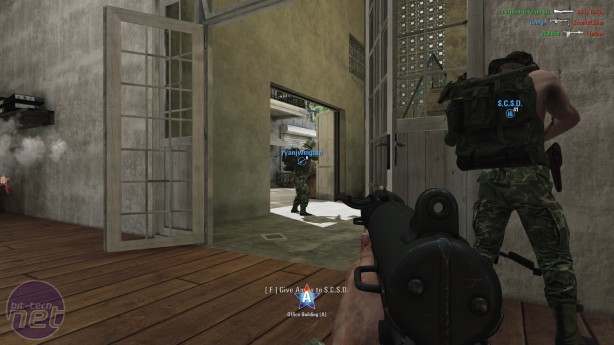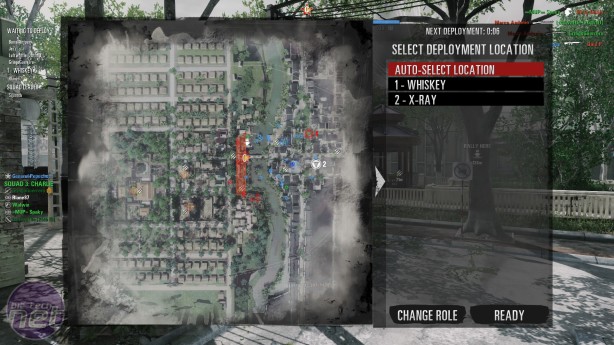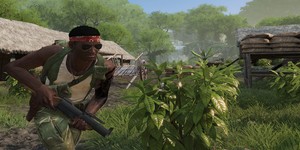
Rising Storm 2: Vietnam Review
Price: £18.99Developer: Antimatter Games/Tripwire Interactive
Publisher: Tripwire Interactive
Platform(s): PC
No multiplayer shooter has made me feel as insignificant as Rising Storm 2. The sequel to Tripwire Interactive’s spinoff of Red Orchestra cares not a jot for your dreams of glory on the battlefield. This is a grand and ruthless depiction of shock and awe warfare – the awe of seeing a napalm strike obliterate a Vietcong hilltop fortress followed by the shock of a sniper’s bullet folding you up like a deckchair.
Rising Storm 2 is also a game of large-scale cooperation and tactics, where a good Commander and an obedient fighting force is more important to success than speedy trigger fingers. As a visual spectacle and an exercise in teamwork, I admire Rising Storm 2 greatly. But it’s also a game that I found difficult to enjoy at times, thanks to some rough edges and its high expectations of the player.
The premise is essentially the same as the first Rising Storm. Two teams of soldiers vie for supremacy over a series of large and geographically complex battlefields. Squads of soldiers are given orders by a player Commander, who guides the battle and can provide support in the form of air strikes and artillery barrages. There’s a strong emphasis on authenticity. Combat often takes place at long range, bullets are lethal more often than not, and ignoring basic tactics like cover and flanking will quickly see your side obliterated.
Whereas the first Rising Storm was set in the Pacific Theatre of World War II, Rising Storm 2 adapts its framework to the dense, verdant jungles of Vietnam. This has several immediate effects. Combat is even more intense, with a much higher percentage of automatic weapons rattling around the map. Meanwhile, the ground soldiers are supported from the air by deployable Cobra and Huey helicopters, AC-130 'Spooky' gunships, and utterly devastating napalm strikes.
The new setting also results in greater diversity between the two armies. As well as different weapons, both forces have access to several unique classes. The grenadier, for example, is a US-specific class whose M79 grenade launcher can be used to deal long-range explosive damage to the Vietcong. On the flip-side, the NLF have an RPG specialist, who can shoot down the helicopter air support the US have access to. Even spawning works differently for both sides. The US simply spawn on their squad leader, while the NLF squad leaders can dig tunnels that act as fixed spawn points for their squad until they are destroyed by the US.
Little mechanics like this are a smart way of emphasising the very different approaches between the two armies, as are things like the Vietcong’s ability to lay traps in the forest foliage. It’s also reflected in the way maps and modes are structured. The main event of Rising Storm is its 'Territories' mode, which is similar in structure to Battlefield’s Rush. The US army must push back the Vietnamese front line by capturing a series of control points, before attacking their headquarters at the other end of the battlefield. The NLF, meanwhile, must simply prevent the Americans from achieving this.

MSI MPG Velox 100R Chassis Review
October 14 2021 | 15:04













Want to comment? Please log in.